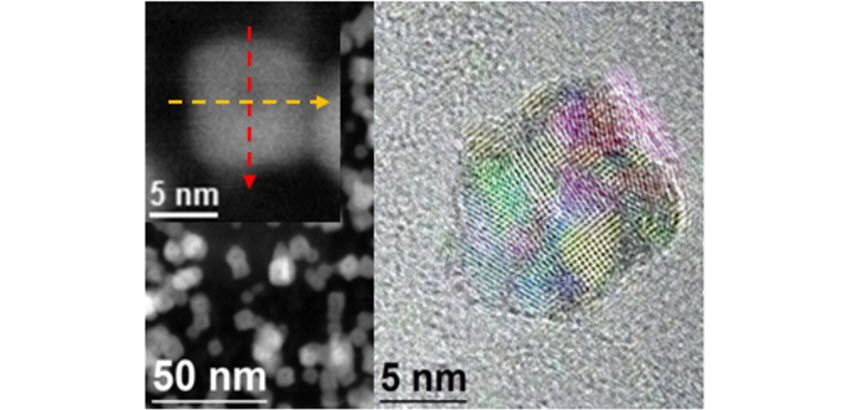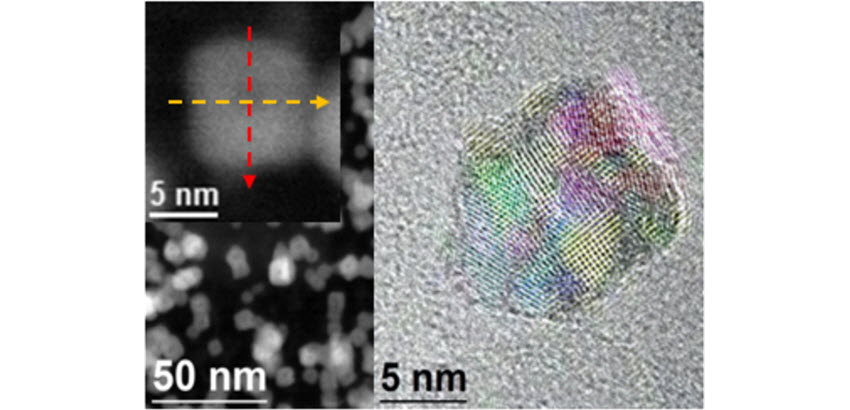
One-Step Route to Iron Oxide Hollow Nanocuboids by Cluster Condensation: Implementation in Water Remediation Technology

Lluís Balcells, Carlos Martínez-Boubeta*, José Cisneros-Fernández, Konstantinos Simeonidis, Bernat Bozzo, Judith Oró-Sole, Núria Bagués, Jordi Arbiol, Narcís Mestres, and Benjamín Martínez*. ACS Appl. Mater. Interfaces, 2016, 8 (42), pp 28599–28606. DOI: 10.1021/acsami.6b08709
The fabrication procedure of hollow iron oxide nanoparticles with a large surface to volume ratio by a single-step gas condensation process at ambient temperature is presented. Fe clusters formed during the sputtering process are progressively transformed into hollow cuboids with oxide shells by the Kirkendall mechanism at the expense of oxygen captured inside the deposition chamber. TEM and Raman spectroscopy techniques point to magnetite as the main component of the nanocuboids; however, the magnetic behavior exhibited by the samples suggests the presence of FeO as well. In addition, these particles showed strong stability after several months of exposure to ambient conditions, making them of potential interest in diverse technological applications. In particular, these hierarchical hollow particles turned out to be very efficient for both As(III) and As(V) absorption (326 and 190 mg/g, respectively), thus making them of strong interest for drinking water remediation.

